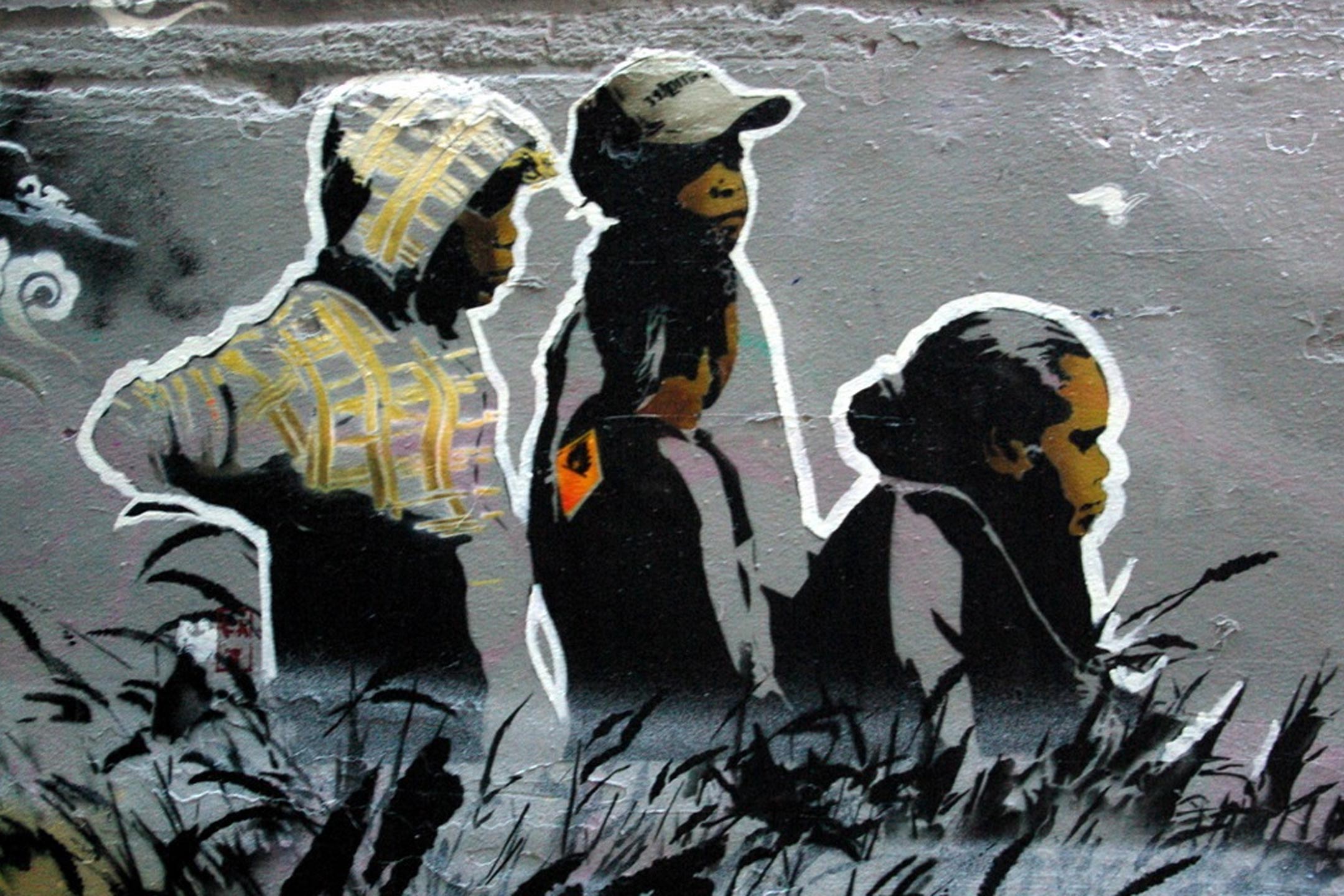
14 Sep The Startling Reality: Over-Criminalisation of Kids in State Care
Every parent should be concerned about the well-being of all children, especially those in state care.
New Victoria Legal Aid (VLA) data shows that criminal charges are laid against at least two out of every five of their clients placed in residential care within 12 months of being moved there. Within two years, every second child has been charged.
Disproportionate Impact on First Nations Children:
The over-criminalization disproportionately affects First Nations children, who are already overrepresented in the youth justice and child protection systems due to systemic biases.
Liana Buchanan, Commissioner for Children and Young People, said the figures show residential care acting, too often, as a pipeline into the criminal justice system for the state’s most marginalised children.
‘These are children whose histories of trauma and neglect have brought them into the out-of-home care system; for that system to cause police and criminal justice contact is unfair and unacceptable,’ she said.
The significant number of children under 14 charged is deeply concerning.
Ms Buchanan said: ‘The Victorian Government’s recent commitment to raise the age of criminal responsibility recognises that young children do not have the maturity to understand the impact of their actions and that entrenching children in the justice system is inherently harmful.’
Within one year of being placed in residential care, 42 per cent of VLA child clients accrued criminal charges. The most common charge was criminal damage to property, and a significant portion of these children identified as First Nations and were 14 years old or younger. Mental health issues and intellectual disabilities were prevalent among them.
Statistics: Placement in residential care and accrual of criminal charges:
- From 1 August 2019 to 1 August 2022: 42 per cent of VLA child clients in residential care accrued criminal charges within one year of placement
- criminal damage (property) was the most common charge at 25.2 per cent
- 23.6 per cent identify as First Nations
- 27.5 per cent are aged 14 and under
- 15.5 per cent identify as living with a disability (intellectual disability and mental health issues are the most prevalent)
- Over the same time period, 51.3 per cent of children in residential care accrued criminal charges within two years of placement.
Jane’s Story: A Heartbreaking Example
Jane (not her real name) grew up in a violent home and has been involved with Child Protection since she was 10. Last year, she was removed from her parents for the first time and placed in residential care. During her placement, she was charged by police for threatening a staff member while holding a ruler.
Jane said she made the threats because she was upset at how the staff member had treated her friend earlier that day but that she never intended any harm.
Her VLA lawyer has asked police to withdraw the charge based on the framework to reduce the criminalisation of children in residential care guidelines, which recommends a trauma-informed approach to anti-social behaviour.
Jane was 14 at the time and, prior to this incident, had no other interaction with police except for a caution. She feels like she was only charged because of her experiences in residential care. Since leaving the unit, Jane has been in more trouble with the police. She hopes she doesn’t have to go back.
The over-criminalization of children in Victoria’s state care is a pressing concern that should matter to all parents. Jane’s story, emblematic of countless others, highlights the urgent need for change. As parents, we have a collective responsibility to advocate for a safer and more supportive environment for these vulnerable children. This includes supporting efforts to raise the age of criminal responsibility and pushing for trauma-informed responses. By doing so, we can help ensure a better future for all children, regardless of their circumstances.
For other information, see the Yoorrook for Justice report that shows there is a disproportionate impact on First Nations children, who are already over-represented in both youth justice and child protection because of systemic biases.

